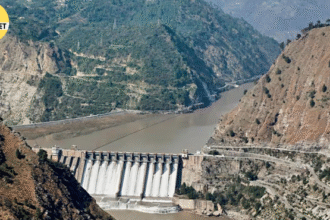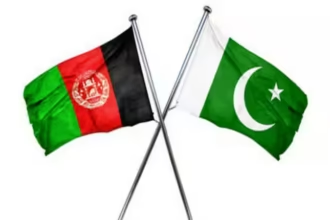In a defining moment for India’s decades-long fight against left-wing extremism, the Chhattisgarh government has officially declared Abujhmarh and North Bastar as free from Naxal influence, marking a historic breakthrough in the nation’s counter-insurgency campaign.
Abujhmarh, once considered the impenetrable fortress of the Maoist movement, has been reclaimed by state forces after years of sustained operations. The transformation comes months after the neutralization of top Naxal commander Basavaraju, the general secretary of the CPI (Maoist), who was killed earlier this year in an encounter in Abujhmarh. His death is widely seen as the turning point in breaking the backbone of the Naxal hierarchy across central India.
After the death of Basavaraju, a senior intelligence officer had said, “With Basavaraju’s elimination, the Maoist leadership structure collapsed from within. The psychological impact of that single operation was greater than a dozen raids. Abujhmarh was their ideological and operational nerve center — and it’s gone.”
The Indo-Tibetan Border Police (ITBP) and Chhattisgarh police have since pushed deep into previously inaccessible zones, establishing permanent bases and securing crucial corridors linking Chhattisgarh and Maharashtra. Over 100 Maoists have surrendered from the area in the past few months, many citing fatigue, disillusionment, and lack of leadership after Basavaraju’s death.
According to government data, between January 2024 and October 2025, 2,100 Naxals have surrendered, 1,785 have been arrested, and 477 have been neutralized. These operations form part of the state’s broader mission to achieve a Naxal-free Chhattisgarh by March 31, 2026.
Massive operations such as Operation Black Forest, which dismantled Maoist hideouts in the Karregutaa Hills, have also led to the destruction of several arms dumps and communication posts. The simultaneous rollout of development schemes — from road building to mobile connectivity — has further consolidated the state’s presence in reclaimed regions.
While North Bastar and Abujhmarh are now considered secure, South Bastar remains the final battleground. Sporadic encounters continue in Sukma and Bijapur, though officials say the insurgency’s structure there is “disjointed and directionless.”
The Chhattisgarh government insists its dual approach — security dominance and socio-economic outreach — is delivering visible results. Once synonymous with fear and violence, villages in Abujhmarh are now reporting school reopenings, road construction, and the return of displaced families.
The killing of Basavaraju and the liberation of Abujhmarh together represent more than a tactical victory; they mark the symbolic fall of the Maoist dream of a Red Corridor. From here, the state’s challenge is to ensure that peace is not just restored — but rooted.









